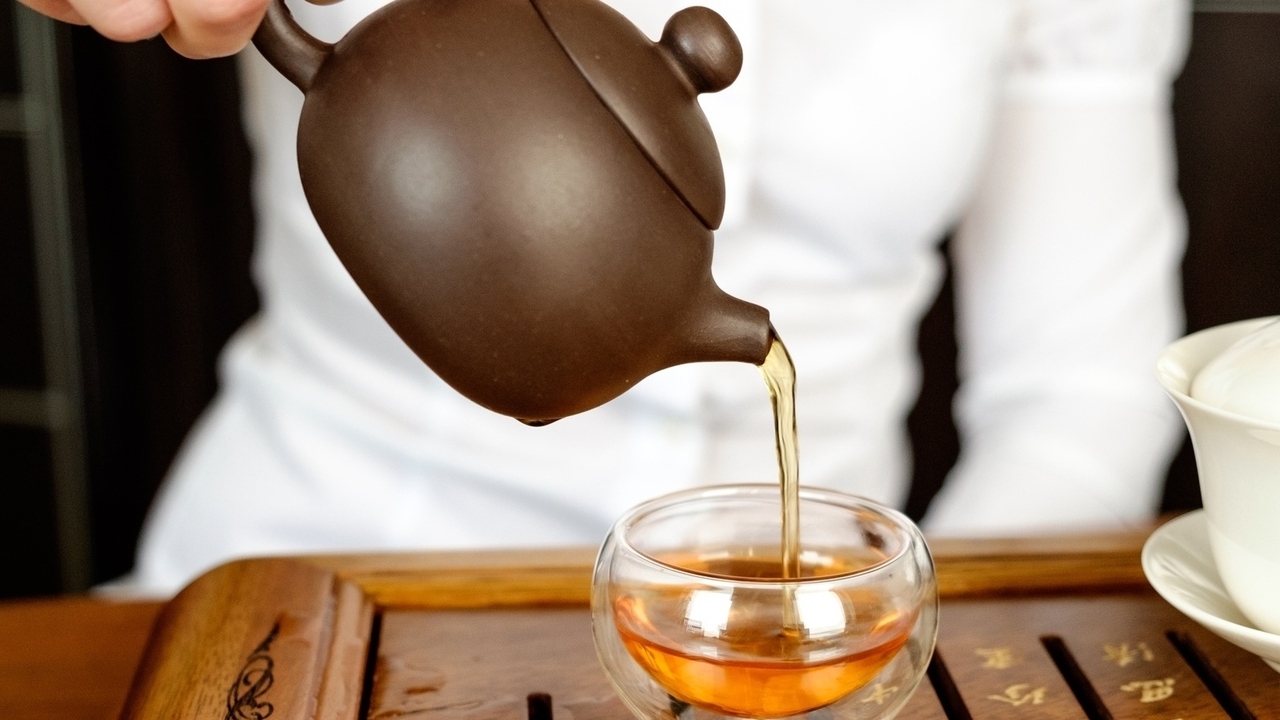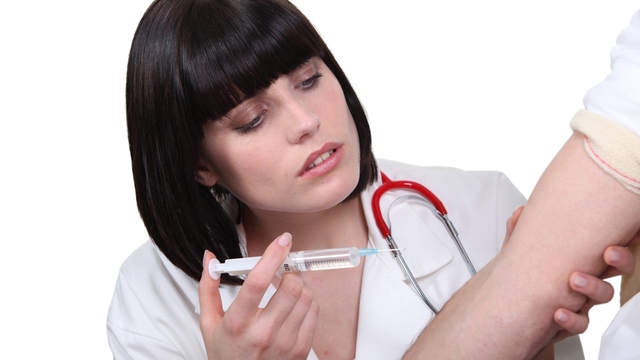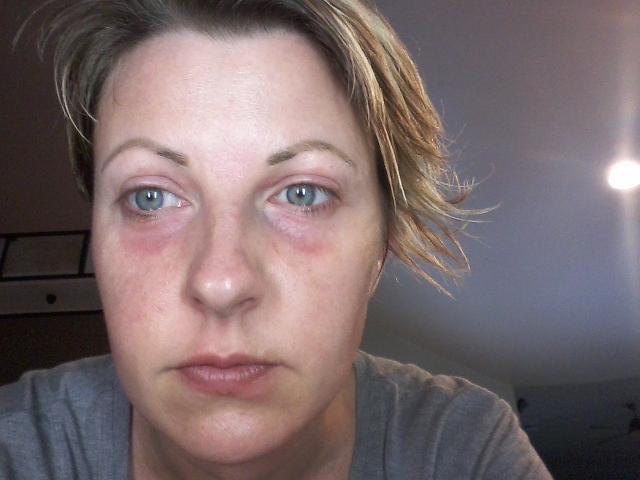 filistimlyanin1/Fotolia
filistimlyanin1/Fotolia
At one time, alternative medicine was largely unfamiliar to the average American. But some of these therapies have been coming into their own in recent years.
Here are 10 alternative treatments which are becoming more popular:
1) Acupressure
Acupressure is believed to remove blockages or restores balance by enhancing energy flow. Pressure is applied with elbows, hands or feet on points along meridians, which are considered to be channels through which chi (life force) moves.
Acupressure may ease anxiety for some. Chemotherapy patients may experience less nausea, according to an article on PubMed.
In a study of 424 breast cancer survivors, acupressure was seen to ease fatigue by 27-34 percent after breast cancer treament. The study was published in JAMA Oncology.
2) Acupuncture
Thin needles are used on specific points on the body with the intent to restore health and bring energy into balance. Millions of people in the United States go for acupuncture according to greatist.com.
WebMD.com reported that acupuncture may reduce vomiting after chemotherapy, and may reduce chronic pain from issues like headache, lower back pain, and osteoarthritis in the knees.
3) Aromatherapy
Essential oils containing concentrated extracts are inhaled, taken orally, or massaged on the skin. Aromatherapy for some has relieved anxiety, depression or pain.
4) Ayurvedic Medicine
Techniques are rooted in practices from India that are thousands of year old. Diets, herbs and massage are said to balance body, mind and spirit.
The intent is to reduce pain, defend against disease and enhance general wellbeing. Take care to make sure the treatments do not contain harmful ingredients such as lead or mercury.
5) Chiropractic
Spinal manipulation via the practitioner's hands or various instruments like ultrasound or laser machines are intended to relieve muscle, skeleton and nervous system issues, often including arm, back, head, neck and joint pain.
Adjustments are meant to enhance mobility to muscles, increase flow of electrolytes, lymph, etc. Tissues are then better able to heal and pain to decrease.
According to WebMD.com, research suggests that chiropractic may improve joint problems, neck pain, whiplash and some types of headaches.
6) Herbal Medicine
Herbal medicine is also called herbalism or botanical medicine, according to Dr. Andrew Weil. Plants and plant extracts are eaten or put on the skin for healing.
Aloe vera, for instance, can be applied to skin for burns, sunburn, inflammation and skin irritation. Arnica may ease bruises, sprains, and joint and muscle pain. Drinking chamomile tea can settle an upset stomach, colic, heartburn and indigestion.
Comfrey, dong qui, ginseng, echincacea, garlic, ginger, peppermint oil, tea tree oil, turmeric and valerian are just a selection of the herbal remedies available.
7) Naturopathy
Naturopaths have conventional and alternative medicine training. Their treatments encompass acupuncture, herbal medicine and homeopathy. Other techniques involve life style changes and nutrition.
Research on low back pain found that naturopathy could have positive benefits.
8) Reflexology
Pressure is applied to areas of the ears, hand and feet. These areas are believed to correspond to various body systems and organs. Pressure is intended to enhance patient health.
Reflexology can be done on oneself, or by a trained reflexologist. It is sometimes used along with conventional medicine for anxiety, ashtma, cancer, diabetes or kidney function.
Reflexology may improve breathing and sleep while decreasing fatigue. Studies have shown mixed results concerning reflexology's benefit.
9) Reiki
Reiki is said to employ life force energy as a tool for healing. Hands are held a slight distance from the recipient's body, or lightly on the skin, as the practitioner purposes to transfer life force to the client.
Relaxation and healing is meant to be enhanced, and pain diminished. Reiki may increase relaxation, a sense of calm and wellbeing, according to WebMD.
10) Traditional Chinese Medicine
TCM evolved in ancient China thousands of years ago. Acupuncture, dietary therapy, herbal treatments, moxibustion, qi gong, thereapeutic massage called tui na, tai chi and other mind/body therapies are used with the intent to improve health, and restore balance to the body.
TCM medicines can be taken as tea, pills and in powder form. Chinese medicines have been studied in the treatment of chronic conditions such as cancer, heart disease, and diabetes but research has not shown how effective they are.
As with Ayruvedic Medicine, care must be taken to avoid consuming harmful ingredients.
Reviewed July 11, 2016
by Michele Blacksberg RN
11 Alternative Medicines Explained. Greatist.com. Retrieved July 6, 2016.
http://greatist.com/health/alternative-medicine-therapies-explained
Complementary and Alternative Medicine (CAM) Overview. WebMD.com. Retrieved July 6, 2016.
http://www.webmd.com/balance/what-is-alternative-medicine
http://www.webmd.com/balance/what-is-alternative-medicine?page=2
http://www.webmd.com/balance/what-is-alternative-medicine?page=3
Acupressure reduced fatigue in breast cancer survivors. Sciencedaily.com. Retrieved July 10, 2016. Journal Reference: Richard E. Harris, PhD. Investigation of 2 Types of Self-administered Acupressure for Persistent Cancer-Related Fatigue in Breast Cancer Survivors: A Randomized Clinical Trial. JAMA Oncology, July 2016 DOI: 10.1001/jamaoncol.2016.186
https://www.sciencedaily.com/releases/2016/07/160707115226.htm
Herbal Medicine. Dr. Weil.com. Retrieved July 10, 2016.
http://www.drweil.com/drw/u/ART00469/Herbal-Botanical-Medicine-Dr-Weils-Wellness-Therapies.html
Traditional Chinese Medicine: In Depth. NCCIH.NIH.gov. Retrieved July 6, 2016.
https://nccih.nih.gov/health/whatiscam/chinesemed.htm






Add a CommentComments
There are no comments yet. Be the first one and get the conversation started!